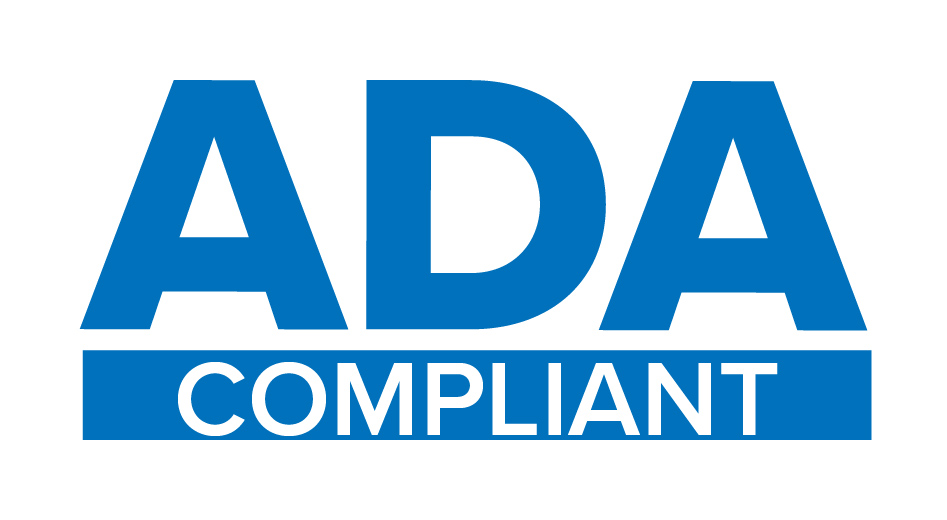Food allergy is a serious and potentially life-threatening medical cond ition affect ing 33 mil l i on Amer i cans. One in every 13 children has a food allergy—that’s about 2 in every U.S. classroom. And every 10 seconds, a food allergy reaction sends a patient to the emergency room.
Food allergy is among the diseases considered to be part of the Atopic March. Also known as the Allergic March, this term refers to the progression of allergic diseases in a person’s life: eczema, food allergy, allergic rhinitis and asthma. Not everyone will follow this progression or experience every condition.
What causes a food allergy?
The job of the body’s immune system is to identify and destroy germs (such as bacteria or viruses) that make you sick. A food allergy happens when your immune system overreacts to a harmless food protein— an allergen. In the U.S., the nine most common food allergens are milk, egg, peanut, tree nuts, soy, wheat, fish, shellfish and sesame.
Family history appears to play a role in whether someone develops a food allergy. If you have other kinds of allergic reactions, like eczema or hay fever, you have a greater risk of food allergy. This is also true of asthma.
Food allergies are not the same as food intolerances, and food allergy symptoms overlap with symptoms of other medical conditions. It is therefore important to have your food allergy confirmed by an appropriate evaluation by an allergist.
Every 10 seconds, a food allergy reaction sends a patient to the emergency room.
Food allergies are serious
Food allergies may occur in response to any food, and some people are allergic to more than one food. Food allergies may start in childhood or as an adult.
All food allergies have one thing in common: They are potentially life-threatening. Always take food allergies—and the people who live with them—seriously.
Food allergy reactions can vary unpredictably from mild to severe. Mild food allergy reactions may involve only a few hives or minor abdominal pain, though some food allergy reactions progress to severe anaphylaxis with low blood pressure and loss of consciousness.
Currently, there is no cure for food allergies. In reference to FARE(Food Allergy Research & Education)



